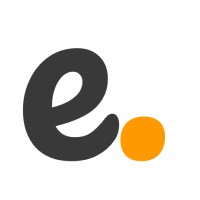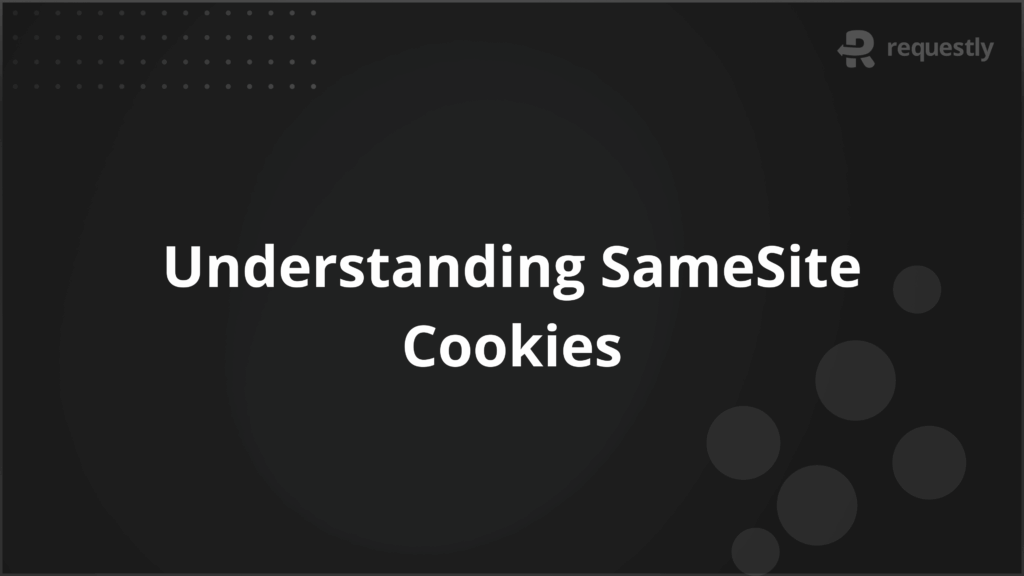How Embeddables Cut Release Time with Requestly

Overview
| Company | Embeddables |
|---|---|
| Sector | Marketing automation |
| Size | 20‑person product & engineering team |
| Tech stack | React SPA, Cloudflare Workers, Supabase, analytics renderer |
| Requestly products | HTTP Rules & API Client |
| Key outcomes |
|
Meet Embeddables
Embeddables is the Shopify alternative purpose-built for personalized health and wellness brands. From landing pages and eligibility quizzes to secure medical intake and optimized checkout flows, Embeddables enables fast-growing DTC health companies to launch, iterate and optimize complete storefronts without writing code.
For Embeddables, rising traffic demanded rapid releases, but moving code from local to staging to production kept slowing the team down.
The roadblock
- Environment back and forth – Developers manually switched URLs inside config files or DNS, burning hours and requiring extra QA to ensure they were switched back
- Data‑heavy QA – Testers needed realistic data slices on demand, but crafting authenticated API calls was fiddly and slow.
- Difficult to reproduce issues – Replicating an issue in a local environment is never the same as testing with the same production data as seen by the user who reported the bug.
Enter Requestly
HTTP Rules: one‑click rewiring
Embeddables used Redirect rule to switch environments.
- Instantly redirect production asset calls to either the engineer’s laptop or a safe pre‑release server—no code change, no DNS flush.
- Back‑end rules do the same for analytics endpoints, letting QA hit experimental or local instances at will.

- Block rules mute noisy background collectors so performance tests stay accurate.
API Client: production‑grade calls, sandbox safety
- Pre‑saved “Get page views” calls fetch exactly the dataset QA needs, “Seed events” requests create test data on the fly, so that analysts replay prod‑like traffic against staging databases.
Key Results
| Before Requestly | After Requestly |
| 1 hr per feature lost in switching configs | <30 s to switch environments |
We do a lot of debugging across various environments, which gets complicated when multiplied by the different parts of our stack. The control that Requestly provides for choosing exactly which environments to pair together saves us a lot of time, and allows us to quickly debug live issues with local debugging tools.


Why it matters
Every minute between a code change and a live A/B test is lost learning time. By moving environment logic out of config files and into Requestly’s browser‑level configs, Embeddables:
- Engineers experiment and debug against real production flows instantly and without switching config files
- QA and product teams validate features the same day they’re written.
- User experience stays safe, run tests on the production site while keeping every experiment isolated from real users
In industries like Embeddables’, the real advantage is how fast you can try new ideas, and Requestly cuts that cycle down to just a few hours.
Contents
Subscribe for latest updates
Share this article
Related posts




















